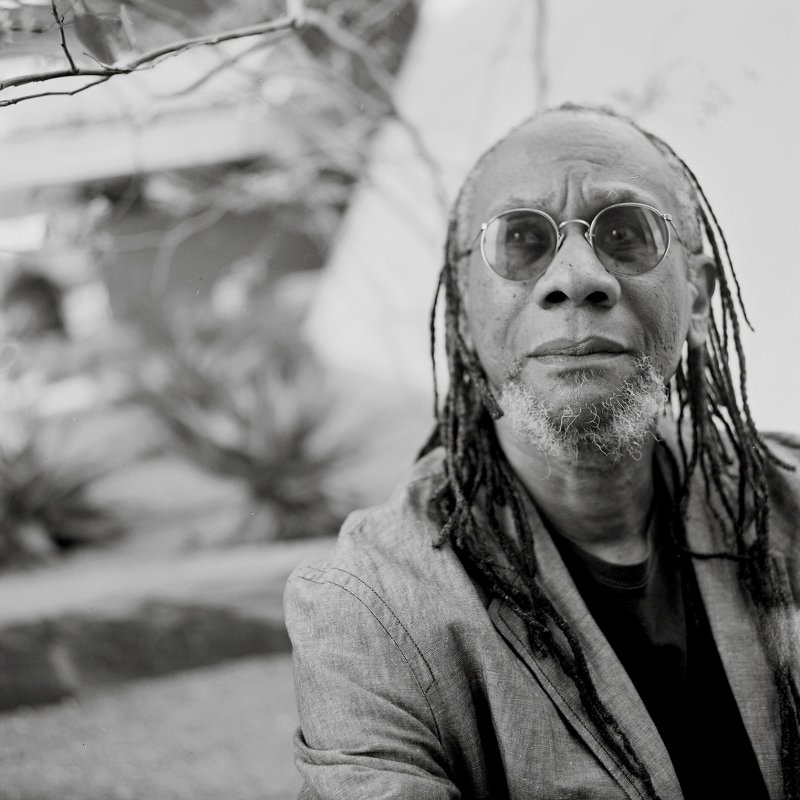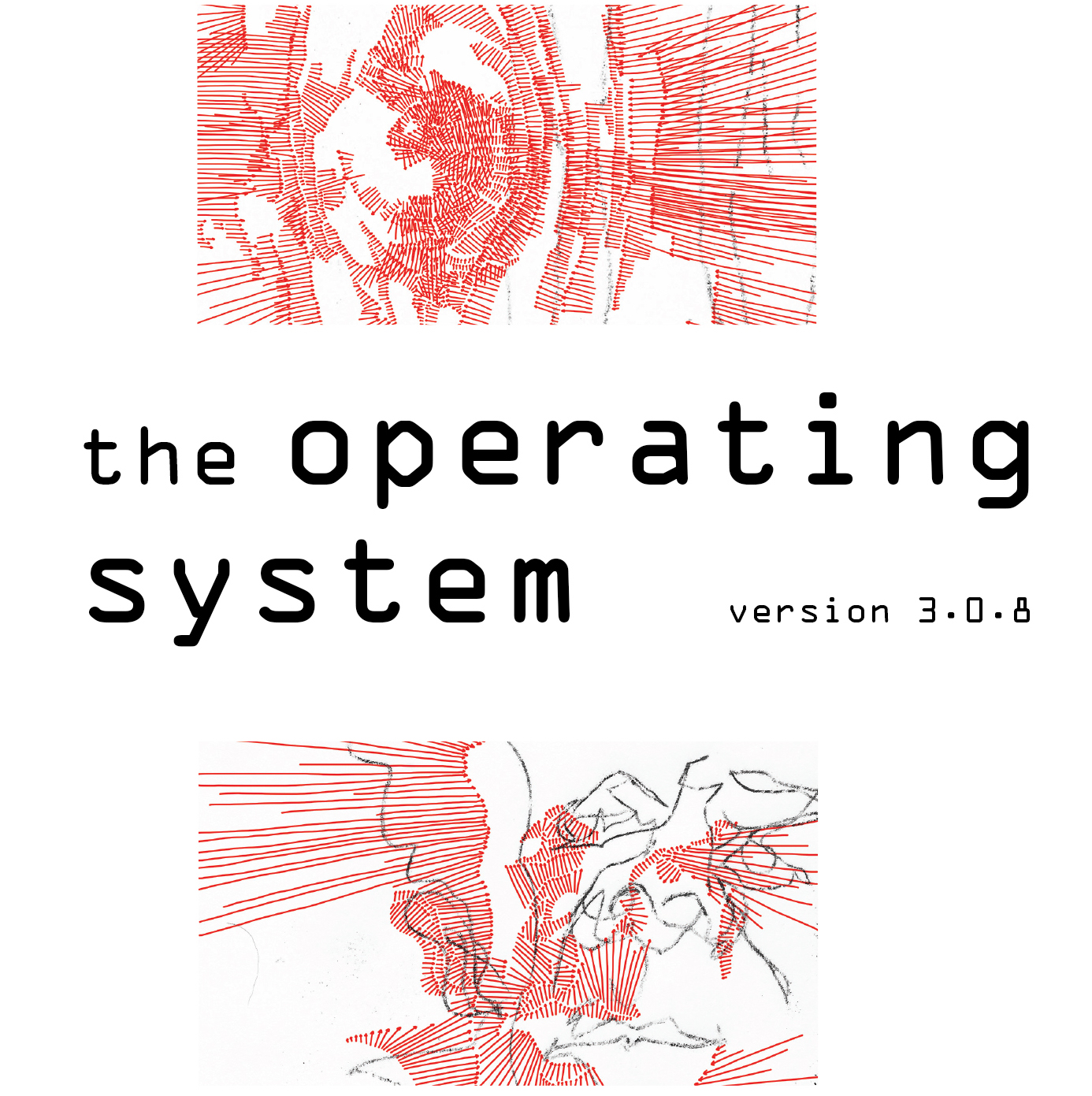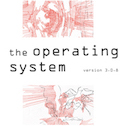3rd ANNUAL NAPOMO 30/30/30 :: DAY 14 :: DAVY KNITTLE on NATHANIEL MACKEY :: A POETICS of PLACING ESTRANGEMENT

[teaser] “A sign of estrangement, to poetize or sing is to risk irrelevance, to be haunted by poetry’s or music’s possible irrelevance (‘Tell it to the birds’), but nothing could be more relevant than estrangement…” – Nathaniel Mackey[/teaser]
[line]
I love about Nathaniel Mackey’s work what I loved about sleeping in the car, as a child. The act of sitting in the poem is an act of movement, the movement through the lines of the poem conveyance from one place to another. Mackey’s two long-term intersecting projects, or parts of the same project, “Mu,” and “Song of the Andoumboulou,” are modes of transport. They are modes in which, to use Mackey’s own words life uses poetry “to other itself.” Mackey’s work is full of the other of new places. We, more than one of us, were there, and we were always then somewhere else, and almost somewhere, and that too is part of where we were.
I love Mackey’s work for its musicality and for its meditations on musicality, for the weight it puts on meaning and value until they give – move – with the weight, but I fell in love with Mackey’s work for the landscapes it builds and moves through, for Mackey’s commitment to using movement to build and unbuild ideas, for ideas to be parts of spaces, for the material and immaterial to contribute, together, to the living echo a poem might be.
The selections I’ve chosen, the first two from Mackey’s 2005 book Splay Anthem, and the third from his 2011 book Nod House, both of which continue his two prevailing series, move and rely on moving as a way to jump in a poem, as a way to get going and keep going:
[box]
from “Song of the Andoumboulou: 48”
. .It was a freeway overpass we
were on, an overpass east of
..La Brea. There we stood watching
cars pass under us, desert
. .flutes gargling wind at
………………………… …….our
backs, an overpass we stood
……………………………………..on
. .looking west… What there
was wasn’t music but music was
. .there. Where it came from
.was nowhere, we heard it
. .nonetheless, not hearing
……………………………… ……it
.before put us there… So we
……………………………………..thought
but wrongly thought, wrong to have
. .thought we could. There we stood
.atop the world looking out at
. .the world. L. A. it now was we
……………………………..…………..were in….
[/box]
The vantage point of Mackey’s work often feels like “atop the world looking out at / the world,” somewhere that’s separate from the place it names by virtue of what it sees and hears in those places.
While, here, the music itself has no origin, its hearing puts Mackey and his unnamed collective, his “we,” in place, “there,” the place made by the music.
Place, in Mackey’s work, is both made by music and grounded in landmarks, often interstitial ones: an overpass, a bridge, the possibility of a tipped boat, a car in a ditch, all of which are echoed in other moments by the equally “off balance” placement of ideas employed in physical actions, as in the following excerpt from further in Splay Anthem:
[box]
from “Song of the Andoumboulou: 52”
. .Never not another bridge to
cross, not before then so
..stark. We were beginning to be
. .dead it seemed. Sought
………………………………..silence’s
. .counsel, wise in that way,
. .leaning toward light,
..off balance… Had it been a
. .boat we’d have gone under,
………………………………….a
car we’d have slid into a ditch…
[/box]
Place, here, is where we were as much as where we almost were. Mackey’s work turns on what could happen, what’s starting to happen, where states of matter have gradations, where to be in the other position of off-balance is to be ready to be shifted, and to be made wise from the constant movement, to let everything be figured on map of movements.
[box]
Song of the Andoumboulou : 79
. .What there was’s jump
what could be said’s long
. .shadow. A story the story
bit its lip on… It wasn’t
……………………………..that
. .what there was was
. .what could be thought,
wasn’t what could be thought
..was what would be said…
………………………..………..Thought
was what there was’s fallback,
…say, so we thought, the same….
[/box]
Or, movement is what states of being do to continue to be states of being. To be is to create music, music, perhaps, is the way things keep being by going, by moving around. Places use themselves and their other places – what they almost were – and ideas move in the same way. Story bites its lip on story. Was both was and wasn’t. Mackey’s work employs a poetics of estrangement, where to estrange is to define where or what a thing is by where or what it pushes up against at any given moment, what a thing is changing as where it is changes, or even as where it could be changes. These changes, perhaps, this pushing against, produces the friction that’s noise-making, that’s the music that drives the work forward.
[line]
[textwrap_image align=”right”]http://www.theoperatingsystem.org/wp-content/uploads/2014/04/Knittle_Photo-e1397480540872.jpg[/textwrap_image]Fundamentally, Davy Knittle is an East Coast person, even though he lives in Iowa City. His work has appeared recently in or is forthcoming from Caketrain, The Cortland Review, Denver Quarterly and Swink.


